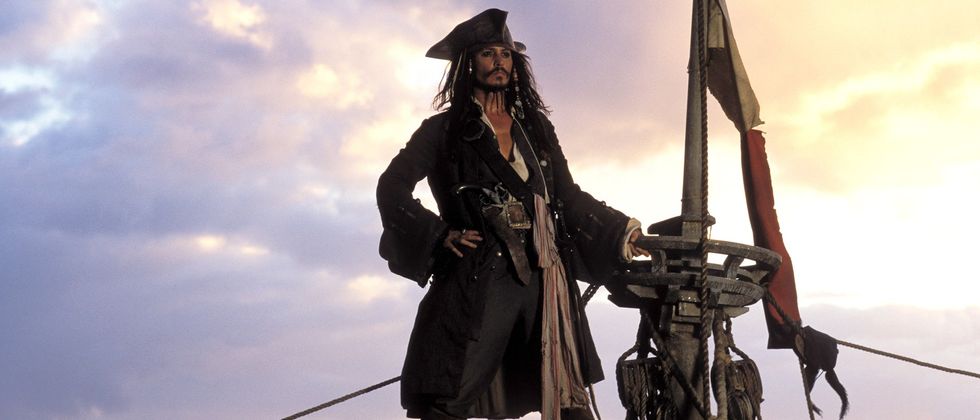Cinematographer Xavier Dolléans Talks Nuns, AI, and Shooting TV
Find work close to your tastes and make it shine.

This post was written by Xavier Dolléans.
I became intrigued when my agent contacted me about filming Episodes 3 and 4 of a project centered in Spain, which Damon Lindelof was spearheading. The topic itself intrigues me–a nun fighting an AI. During my interview, I met the remarkable crew of creative people, including directors Alethea Jones and Owen Harris, co-showrunner Tara Hernandez, and director of photography of Episodes 1 and 2, Joe Anderson. I instantly clicked with the project, and the scripts were crazy!

I had five weeks of prep in Spain. I first connected with Alethea Jones, director of Episodes 3 and 4. We discussed the show, what she had already shot in Los Angeles regarding Episode 6, and some parts of Episodes 3 and 4 (shot by DP Jay Keitel in L.A.).
Then, I watched some first edits of Episodes 1 and 2 and talked a lot with Joe Anderson, the main DP of the show. It was challenging to bring my personal touch to the show while staying true to what had already been done. Joe was very generous in terms of sharing.
Our discussions went from the usual “T-stop” used outside vs. inside vs. night throughout how much care and softness to give to faces, the use of colors, the size of the equipment list, the use of movement, how they use the two cameras at the same time, etc. Episodes 3 and 4 take the viewers on a European journey, which allowed me to express myself more profoundly.

In Episode 3, a vast sequence involves hundreds of extras over six days/nights of shooting. Before our main night shoot, a big storm came into Figueras, Spain, where we were. That night, I planned to use a 70-meter crane with a big “Moonbox” containing 12 Skypanel 360 units oriented in different directions and all diffused through 20x20x20 full grid cloth box diffusion. Additionally, two more cherry pickers equipped with lighting strike machines, with power outputs of 250 KW and 70 KW, were positioned at a considerable height. Furthermore, a lighting balloon was intended to be utilized as a fill light.
In the morning, production called me to inform me that nothing would fly due to the wind. I then rushed on set with the first taxi that I had found, and I designed a new lighting plan in a rush in that car.

My gaffer, Jorge Sacristán, told me, "No diffusion frame allowed!" As the nature of the sequence allowed it, I asked Director Alethea Jones if she was OK that all those fixtures would appear in the frame. She accepted, and we did the night with a powerful and different look than I had in mind, full of anamorphic flares. It worked perfectly!
As the show was already close to my photographic taste, using anamorphic framing for the 2.39:1 ratio and bold colors. I fell instantly in love with it!

My experience helped me, and I was lucky enough to have a great crew to achieve that.
This post was written by Xavier Dolléans.














